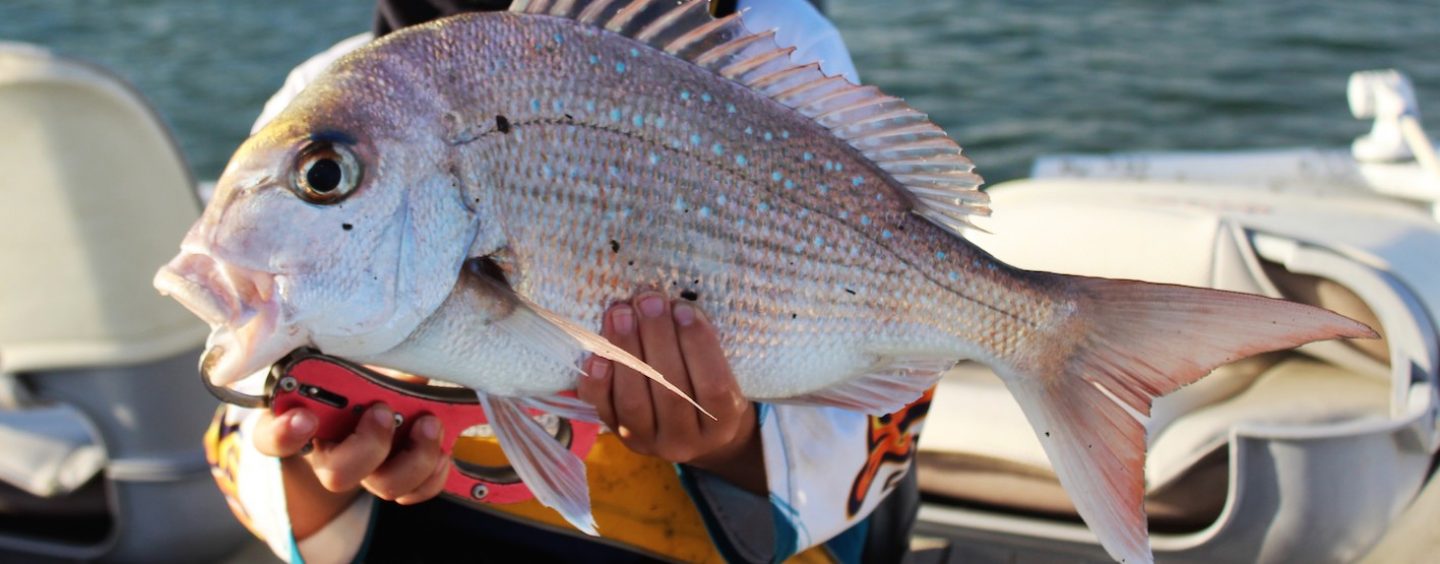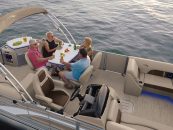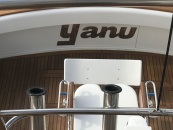The onset of shorter days, cooler evenings and sound of screaming reels means the snapper are here.
Below are a few tips that work well for me to catch the bay “squire” snapper.
BAIT – First, it has to be fresh bait. I collect my own with a drag or cast net. (Check the regulations if you go interstate). Gar, squid, potty mullet, prawns, and diver whiting are all top baits to use. Once you catch your bait, bag them up in clip-seal bags and freeze. Even better is to collect your bait the day/night before you plan to catch, and keep it fresh in the fridge without having to freeze.
TIDES & AREAS – Fishing spots tend to fish better on different tides. One of the most productive times is one hour either side of the top and bottom of the tide. This will be based on “local knowledge”, and this is something that will take time to gather. I find that 2m to 6m around the Bay Islands (with a few deeper wrecks) are the best depths to target the snapper. Rubble, rocky or reef fringes are good starting points. Coochie, Macleay, Peel and Goat Islands are some good spots to try.
FINDING THE FISH – Sounding around and locating fish sounds easy, and once you know what you are looking for it is. I consult with Nick White from Tech Fish who helps with technical advise on getting the best out of your sounder.
Next is to look for hard bottom with some nice arches. Sometimes I have noticed fish holding the bottom so tight that you would think it was a structure.
Once you have discovered a good spot, go up current and start your drift. Keep an eye on the sounder for schools of fish, and mark them on the GPS. Try not to drive over the fish, as it tends to spook them. You can go up current and anchor on the fish you have marked and float lightly weighted baits down. My preferred method is to drift.
GEAR – I use light gear around the rubble bottom – 8lb to 10lb, with 12lb to 15lb leader, a small pea sinker, and Gamakatsu octopus hooks from 2/0 to 6/0. Sometimes, for bigger baits, I will snell them together. I use a light rod and a 2000 to 4000 reel. I find that in the shallow rocky area (2m), mono works best. I will increase it to 20lb to help with bust-off on the sharp bottom.
I always fish as light as possible, even with no sinker at times to make the bait look as natural as possible. I also fish with light drag and let the fish pick up the bait and run a little with it. Once the fish slows, put a hand around the spool and set the hook. This will see a smoking run start. This is also where I slowly tighten the drag to the desired amount.
If it is a bigger fish, I will chase it down using either the electric motor or slowly driving. On occasion, I have had big fish run at me just as hard. A fast wind ensures that you stay connected. Once the fish gets closer (and it is a good fight), I will back the drag off a click or two as the fish will have its last lunge for freedom. At this point, I place the net in the water and swim the fish into the net headfirst.
With your catch, of course, it is important to take some photos. Then if you are releasing it, get it back in the water as quickly as possible. For me, as snapper being one of our family favourites, it usually ends up in the esky. I bleed the fish in my live well, and then place it in good ice slurry.
The legal bag limit in Queensland is four (4) snapper, with no more than 1 over 70 cm. The minimum legal size is 35cm. If outside Queensland, check the state’s fish size limits.
Hope you hook one of the bay monster snapper over the coming months. Feel free to post some photos on my FB group page. I’d love to see those snappers! (Facebook group: “Fish Flickers Circle”)
Just remember to keep “livin’ the dream”.
By Matty Savas
/jul-sep2019






























